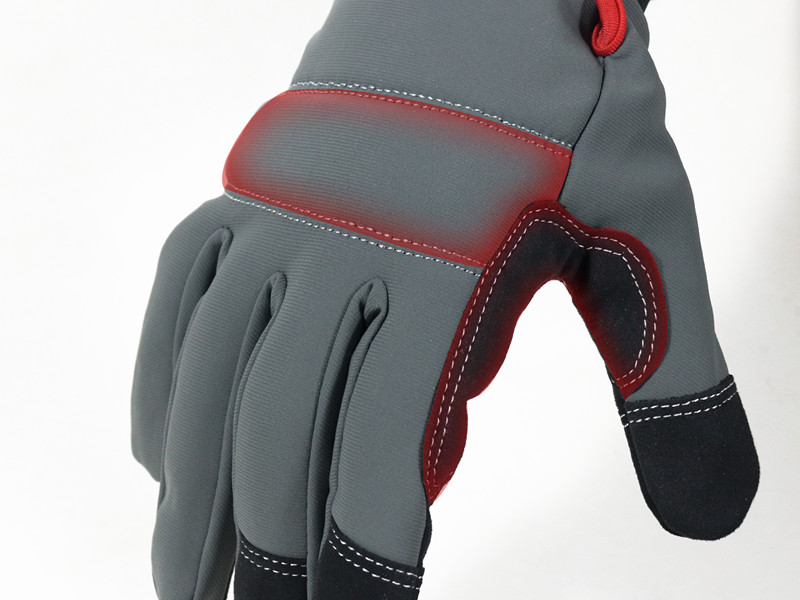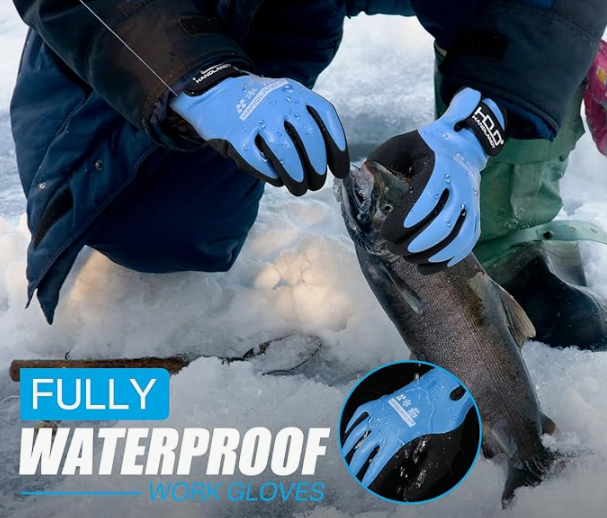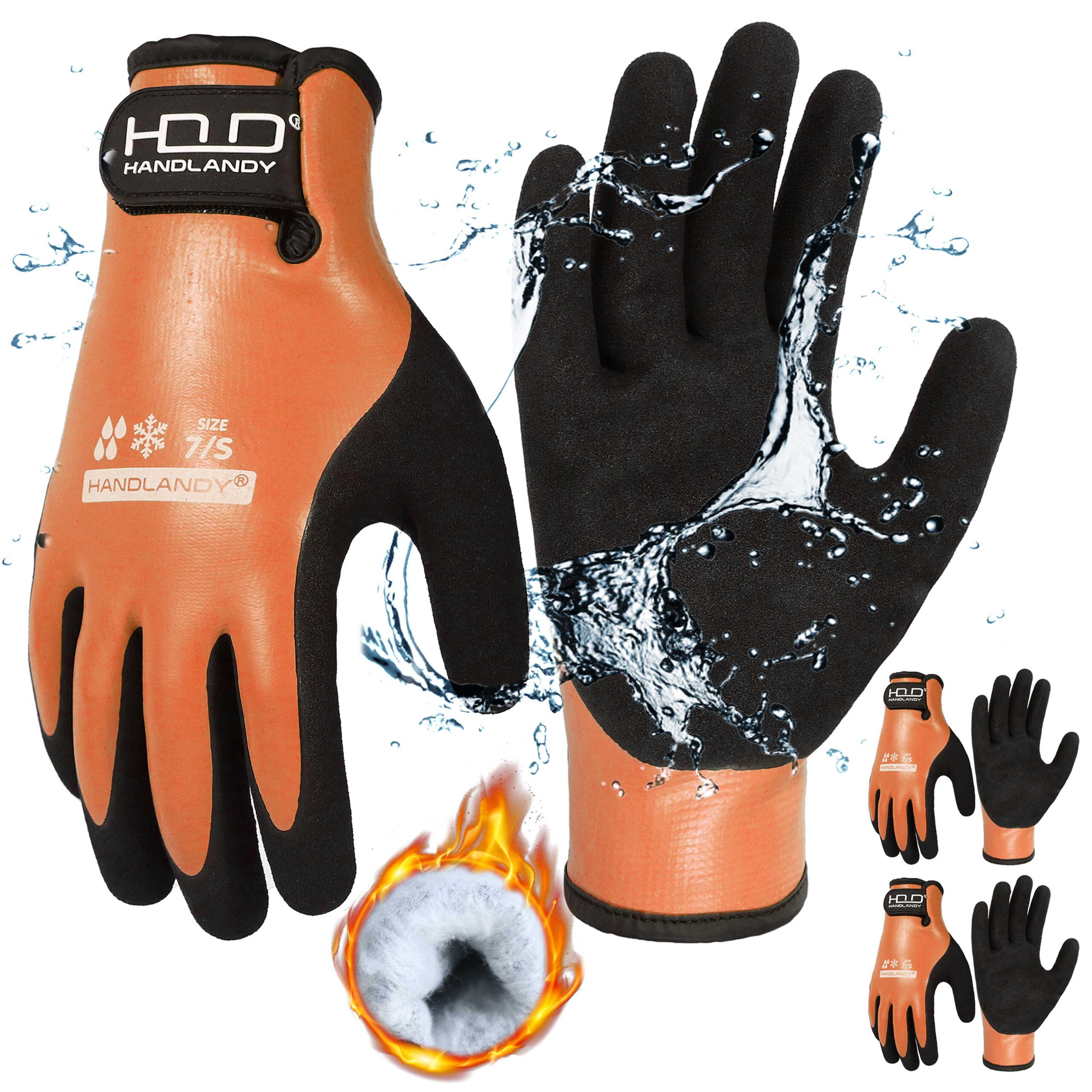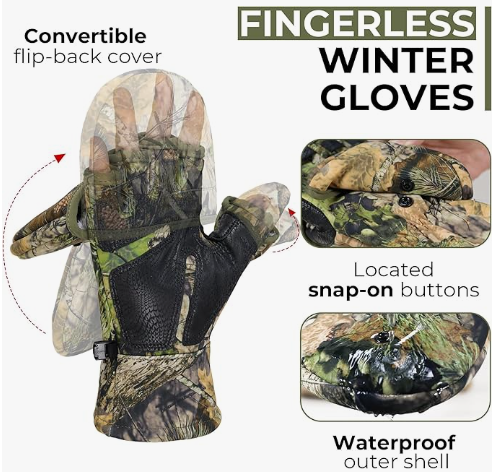When it comes to impact gloves, I know the struggle—finding something that’s tough enough to protect your hands but light enough to keep you comfortable all day. The good news? The best materials for impact gloves give you durability, flexibility, and protection without weighing you down.
1. Thermoplastic Rubber (TPR): Tough but Flexible
Let’s start with TPR. If you’ve seen those rubbery pads on the back of gloves, that’s TPR. It’s there to protect your knuckles and fingers from impact.
- Why I like it:
- It absorbs hits like a champ.
- It’s flexible, so your hands can still move easily.
- It’s lightweight enough to not slow you down.
2. High-Performance Polyethylene (HPPE): Strong and Lightweight
HPPE is one of those materials that feels almost magical. It’s super strong and super light, which makes it a favorite for impact gloves, especially in jobs where cuts are a concern.
- Why it’s awesome:
- It’s cut-resistant—great if you’re handling sharp tools.
- It doesn’t feel bulky.
- It keeps your hands cool and comfortable.
3. Synthetic Leather: Durable and Comfy
I’m a big fan of synthetic leather for gloves. It’s tough, grips well, and doesn’t add extra weight. Plus, it’s easier to clean than real leather.
- What makes it great:
- It lasts longer, even with heavy use.
- It feels light and reduces hand fatigue.
- The grip is reliable, even in tricky conditions.
4. Foam Nitrile Coating: Grip Meets Protection
Foam nitrile might not sound fancy, but it’s a game-changer. It adds grip and mild impact resistance without adding extra bulk.
- Here’s why it works:
- You can hold tools securely, even if they’re oily or wet.
- It’s resistant to wear and tear.
- It keeps the gloves light and flexible.
5. Spandex: Flexibility at Its Best
If you’ve ever worn gloves that feel like a second skin, chances are they’ve got spandex in them. It stretches to fit your hand without feeling restrictive.
- Why I recommend it:
- It moves with you, so your hands don’t feel trapped.
- It’s super lightweight—you’ll barely notice it.
- It gives gloves a snug, comfy fit.
Quick Comparison of Materials
Here’s a handy table to break it all down:
| Material | Durability | Lightweight | Best Features |
|---|---|---|---|
| TPR | High | Medium | Impact protection and flexibility |
| HPPE | High | High | Cut resistance and strength-to-weight |
| Synthetic Leather | High | Medium | Grip and wear resistance |
| Foam Nitrile Coating | Medium | High | Abrasion resistance and grip |
| Spandex | Low | High | Flexibility and snug fit |
How I’d Choose the Right Material
Here’s my advice: think about what you’re using the gloves for.
- Need serious impact protection? Go with TPR.
- Worried about sharp tools or edges? HPPE is your best friend.
- Want a great grip and solid durability? Synthetic leather or foam nitrile has you covered.
- Looking for comfort and movement? Spandex is the way to go.
Bottom Line: Picking the right material for your impact gloves can make your workday so much easier. Lightweight options like HPPE and foam nitrile strike the perfect balance between durability and comfort. And trust me, once you find the right pair, you’ll never look back.








